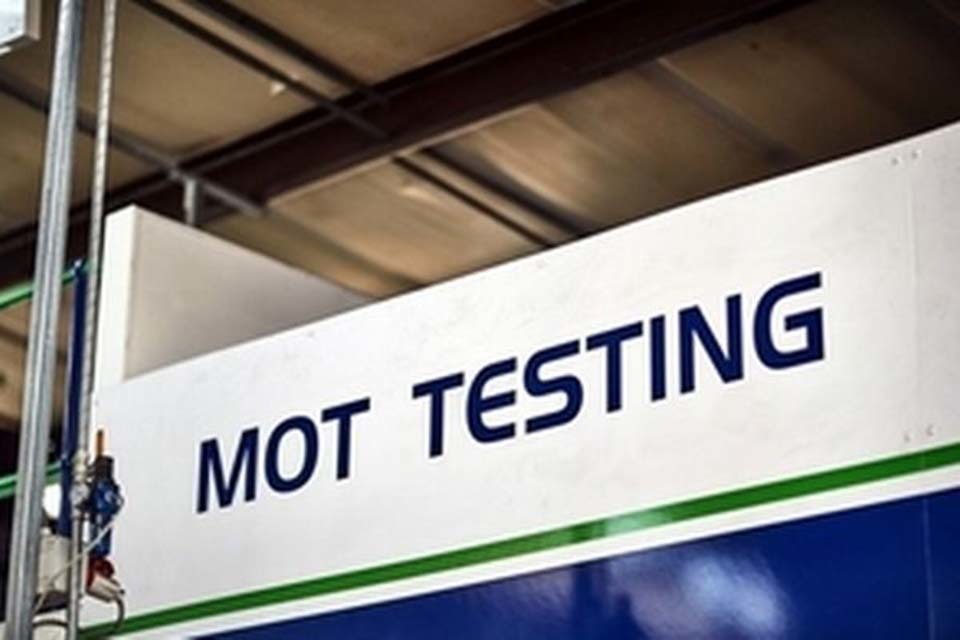Speedy55
Member
Hi Guys,
I have 2015 W212 E220 with OM651.
Is it possible to disable AdBlue Level Meter sensor and/or NOx sensors via Vediamo or Xentry?
I'm so bored. Either I see NOx sensor error or AdBlue malfunction error every 2-3 months. I replaced both NOx sensors and recoded via Xentry. Deleted all errors. (NOx sensors are genuine MB btw)
Then a few miles later I saw the engine light on my dashboard. I scanned on Xentry and I could see only stored errors, no current error codes. I cleared the fault codes and popped up a couple of days later.
Now, I'd like to disable AdBlue and NOx sensors via software.
Is it possible? Appreciate your suggestions.
Thanks,
I have 2015 W212 E220 with OM651.
Is it possible to disable AdBlue Level Meter sensor and/or NOx sensors via Vediamo or Xentry?
I'm so bored. Either I see NOx sensor error or AdBlue malfunction error every 2-3 months. I replaced both NOx sensors and recoded via Xentry. Deleted all errors. (NOx sensors are genuine MB btw)
Then a few miles later I saw the engine light on my dashboard. I scanned on Xentry and I could see only stored errors, no current error codes. I cleared the fault codes and popped up a couple of days later.
Now, I'd like to disable AdBlue and NOx sensors via software.
Is it possible? Appreciate your suggestions.
Thanks,

